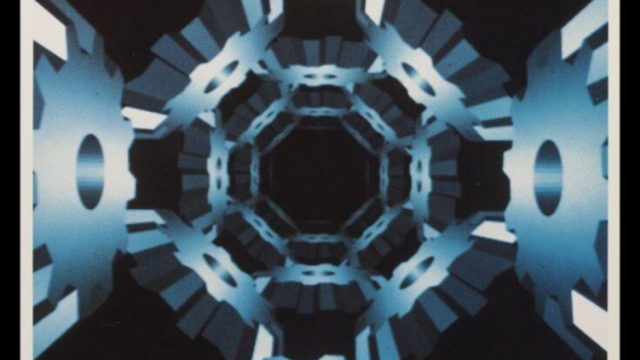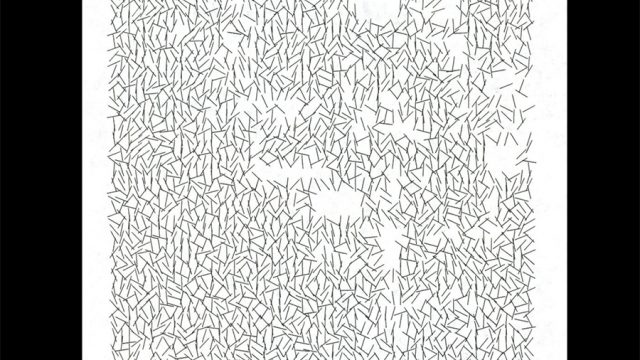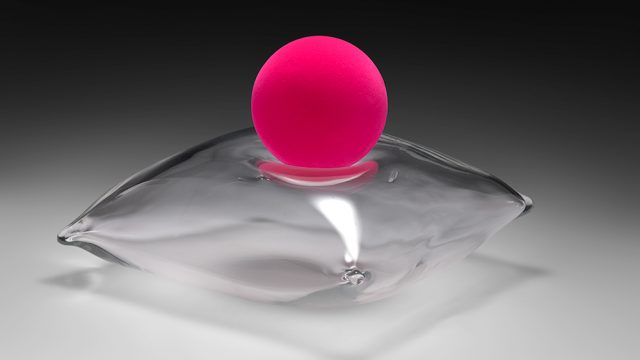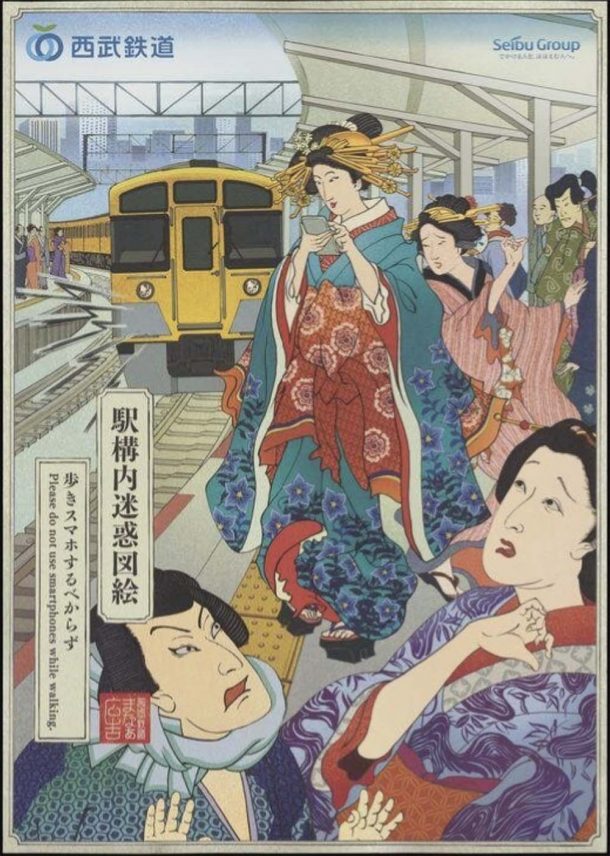
There is an equal measure of excitement and trepidation when a magnifying glass icon appears on the computer screen. Timed with a cursor blink comes a multitude of internal questions; ‘Where am I?’ and; What am I looking for?’ Across these split seconds of working algorithms and technologies, geographically somewhere between A-Z, an institutional gate is about to open. While an antiquated image of the magnifying glass stirs memories of Sherlock Holmes or Inspector Clouseau, the friendly icon quietly nudges precision and serendipity. From here, the keyboard becomes a key’s ward to unlock the gate, chancing a rolodex of terms, dates and places. Looking longer though, the magnifying glass also looks back, asking ‘Who am I today?’
This last question came to mind when I joined a series of events and activities by V&A Research Institute (VARI) Show+Tell+Share Fellows Matilda Pye and Cara Gray to contemplate how I engage with a museum and its online collection. The invitation came primarily as my work lives in various forms. With a background in architecture, my spatial practice involves digging in places, enlivening archives, collections, ephemera, spaces, buildings and landscapes. Meanwhile my role as a Senior Lecturer on the Material and Spatial Practices Programme at Camberwell College of Arts, University of the Arts London, requires multiple forms of teaching, research activity and knowledge exchange. I am also a curious ‘local’ resident, a stone’s throw from V&A East’s emerging sites in the Queen Elizabeth Olympic Park.
My first encounter was a ‘sound walk’ in December 2019 around Hackney Wick facilitated by vocalist and sound artist Natasha Lohan. The group activity involved slow, silent walking through the network of hidden routes and alleys around Hackney Wick, ending at St Mary of Eton to warm-up and share our thoughts over tea. The activity required gentle concentration and camaraderie, tracing infrequently used routes to heighten new sensitivities and perspectives of a familiar place. It brought back memories of local projects, like Bow Bells Ring, completed along the Olympic periphery in 2011 and numerous ‘study walks’ with students since. Deeply rooted in the ‘Where’ and ‘What’, stories about how the area had changed mixed with objects and moments, and merged to manifest in tears and laughter, igniting the mutable prospect of ‘Who’ as we search a place.
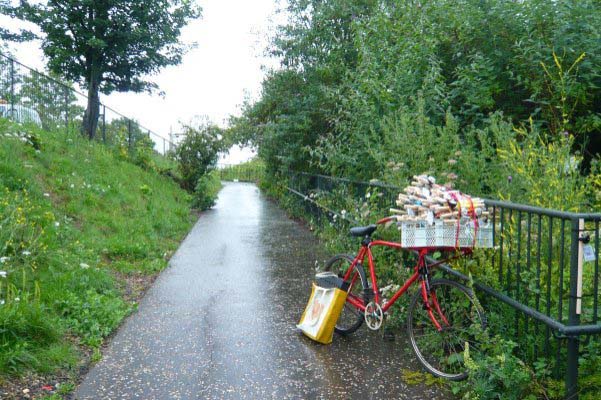
The second encounter was an invitation in May 2021 with 11 MA Interior and Spatial Design students from Camberwell College of Arts, University of the Arts London, to test how users might ‘search’ a collection through the idea of ‘polyphonic’ objects. This took place online due to pandemic restrictions, and because of student familiarity with virtual activities, beforehand, like detectives, we individually sourced a ‘beautiful’ and ‘useful’ object from the digital V&A collection. Collectively using Miro, we traversed our complex and personal histories. Circling past, present and future stories; one of my objects was a Seibu Railway etiquette poster, above by the illustrator Takahiro Kadowaki and art director Yumiko Yokoyama. First spotted during a Wayfinding Summer School in Tokyo and my subsequent memory of seeing it in the V&A Japan Gallery just before lockdown, it felt relevant.
Upon searching the online collection came a discovery of the complete series, each narrating spatial thoughtfulness on the move. In this way, the careful act of ‘searching’ JAPAN TRAIN POSTER became a moment of comforting affirmation and surprising illumination at a time we were unable to travel. Connecting and building upon existing knowledge of another time and place, linking personal and professional interest to expand a binary of ‘seeing’ and of ‘being seen’.
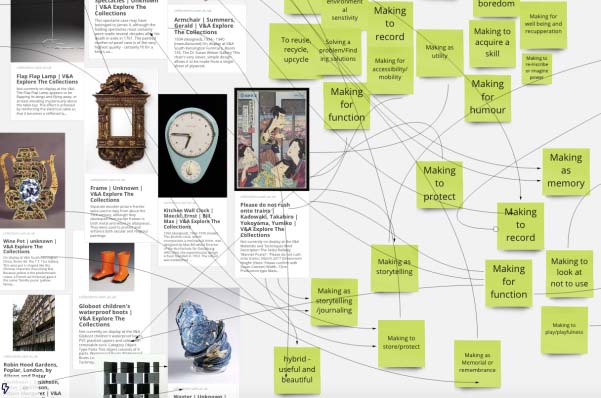
Together, the encounters uncovered the pluralities of the ‘Who’ we search for. Whether in-person or virtual, the personal inevitably merges with the professional; temporal experiences, loose connections and stories go on to magnify how reciprocal and interconnected the process of detection can be. Akin to museum classification, when we click the Search by object, artist, maker… our simple action also extends a stronger sense of cooperation to ask; ‘Who are we searching for?’ Our results orbit our professional and personal selves, family, friends, colleagues and people we may never know.
